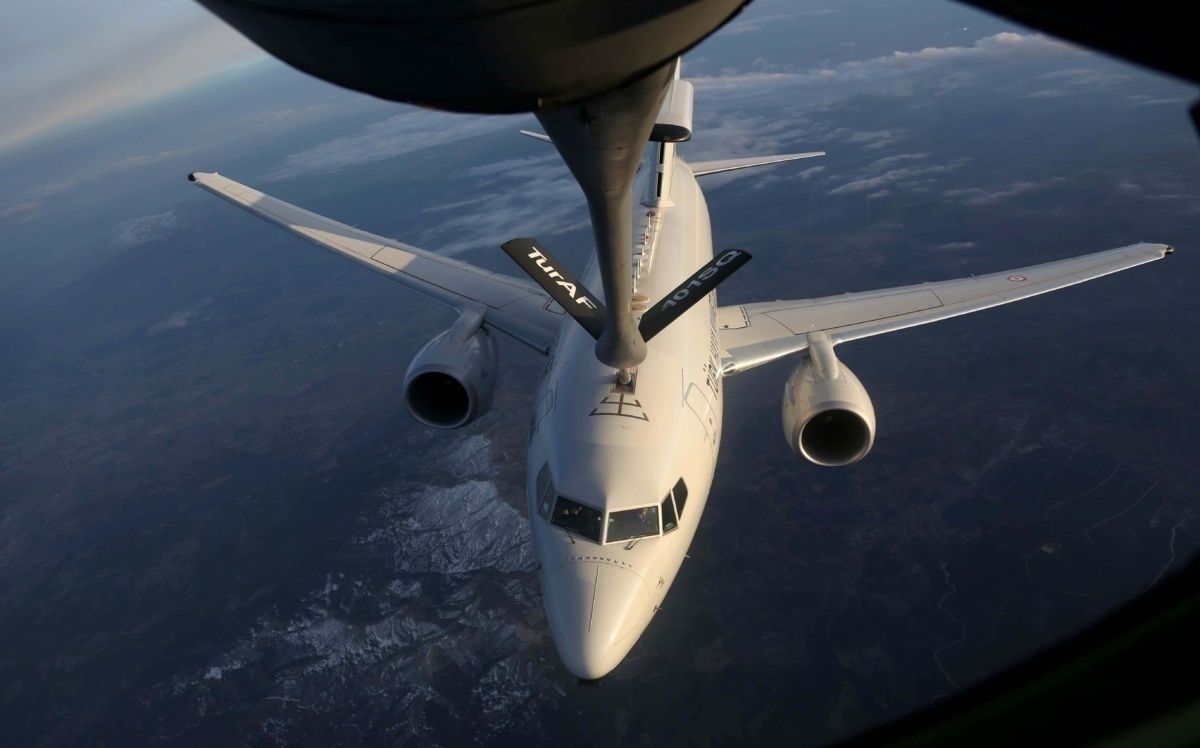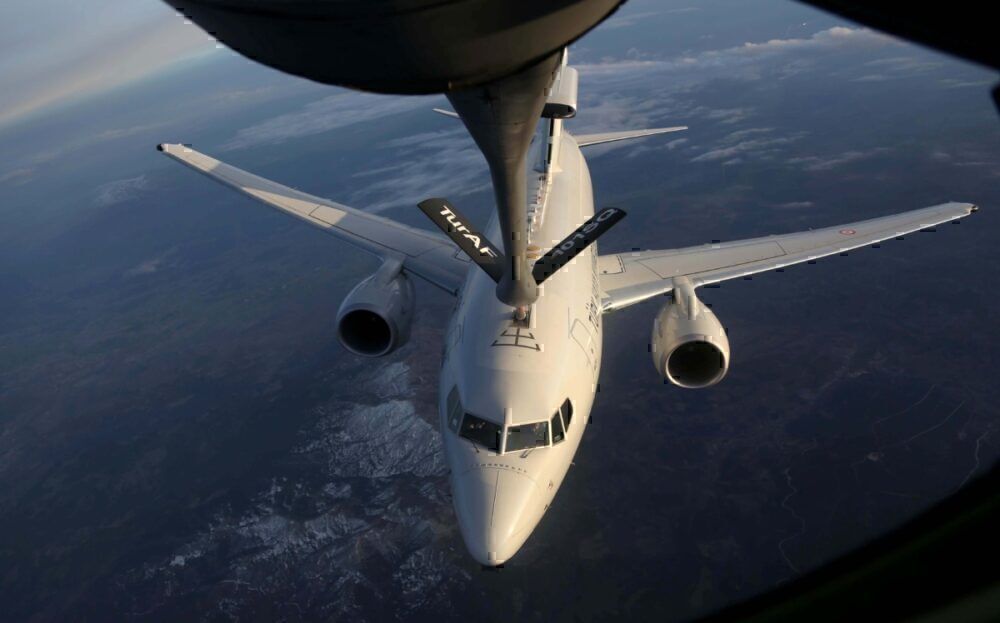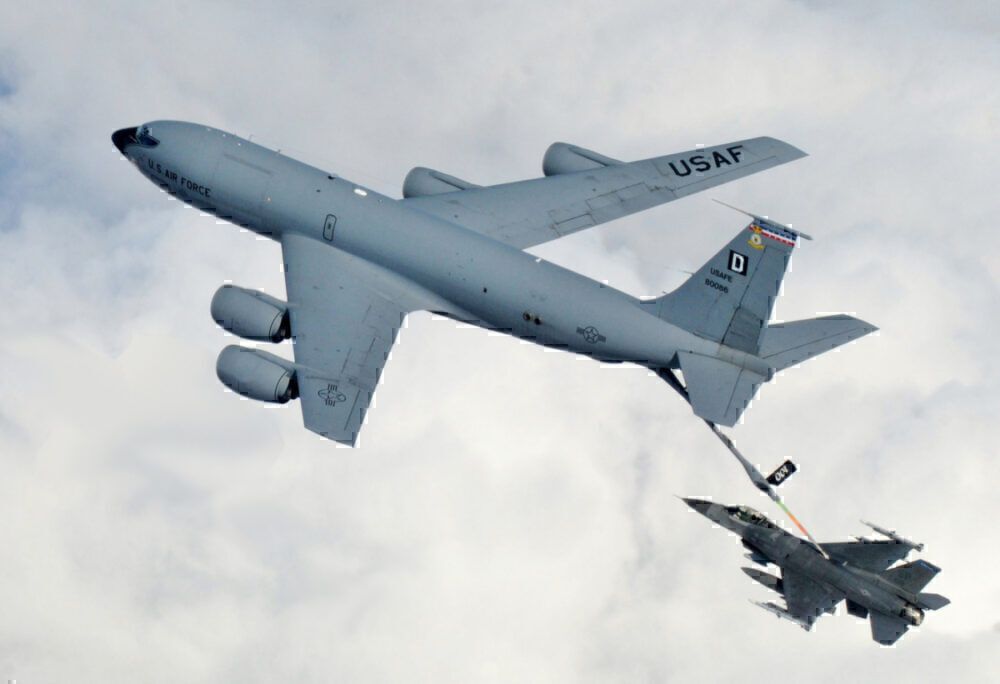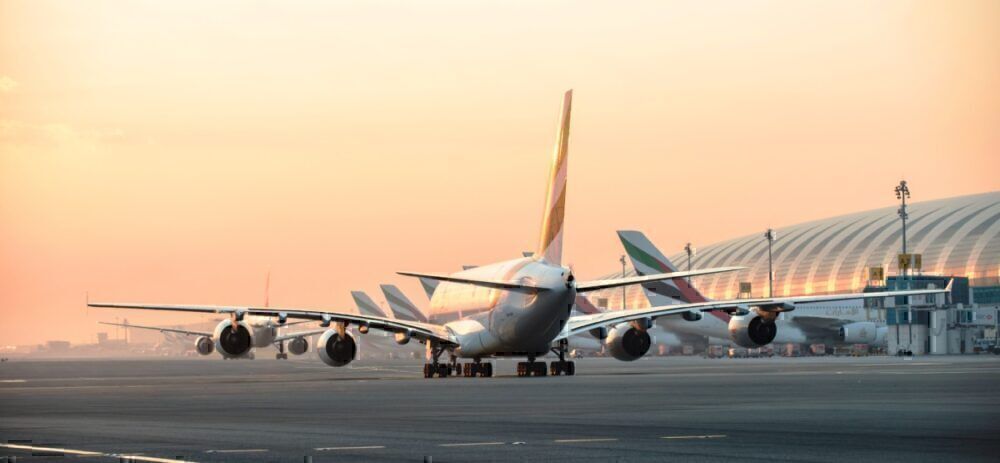In the past, the refueling stops littered the long-haul kangaroo route. What was once a series of stops then became one, either in the Middle-East or South East Asia. But why didn't airlines instead offer in-flight refueling from tanker aircraft, preventing a lengthy layover?
It would have allowed passengers to get to their destinations around three to four hours faster, and allowed airlines to operate bigger and less fuel-efficient aircraft (as at any point they could refuel) or smaller aircraft that have smaller tanks.
After all, the military uses refueler aircraft extensively to operate worldwide, why not commercial airlines?
Stay informed: Sign up for our daily aviation news digest.
The issues with in-flight refueling
Safety is the biggest issue when it comes to in-flight refueling. Investigations begin when two commercial aircraft come into proximity, let alone considering the scenario for in-flight refueling, which will require deliberate contact. Having 300 passengers come very close to other planes loaded with fuel doesn't seem safe at all.
There is also the matter of a commercial aircraft's size. A Boeing 777 is enormous, and unlike a small military fighter jet that takes 2-3 minutes to refuel, the 777 would need at least 20 minutes docked with a freighter to restore the tanks completely. This thirst for octane would result in the tanker aircraft (which requires its own fuel and costs to operate) only performing around three refuels per flight.
And what if the refueling is canceled? Your passenger aircraft will need a safety margin to fly to the nearest airport, which negates the whole purpose of the exercise - you might as well carry enough fuel for the trip anyway.
Why airlines don't like it
It comes down to cost. An airline would need not only to afford the commercial passenger plane but the tanker plane as well, which would only be used for long-haul refueling routes and nothing anything else. Thus, the airline is now paying for two aircraft to do the job of one.
Plus, airlines may also like the flexibility to land in hubs halfway around the world and exchange passengers with other airlines. For example, Qantas, doesn’t operate to all European cities (just London), and without landing in a hub, passengers would not be able to get off halfway and fly to closer destinations like Istanbul, Greece, or Italy.
Lastly, where would these refueling aircraft be stationed? There are few routes today that can justify such a logistical nightmare, and airlines are phasing them out by newer technology (like Qantas' Project Sunrise flights).
Why passengers don't like it
While you, as a passenger, might like the idea of getting to your destination faster, it is more likely that you also prefer a break during a long-haul flight. The ability to get off the plane, breathe fresh air, and walk further than 60 meters (the aisle length of the average aircraft) is a godsend.
Plus, you might like to transfer to another plane or fly somewhere close by to the hub airport, increasing your airline options and ultimately reducing the ticket price.
What do you think? Would you want to see commercial planes refueled? Let us know in the comments.




